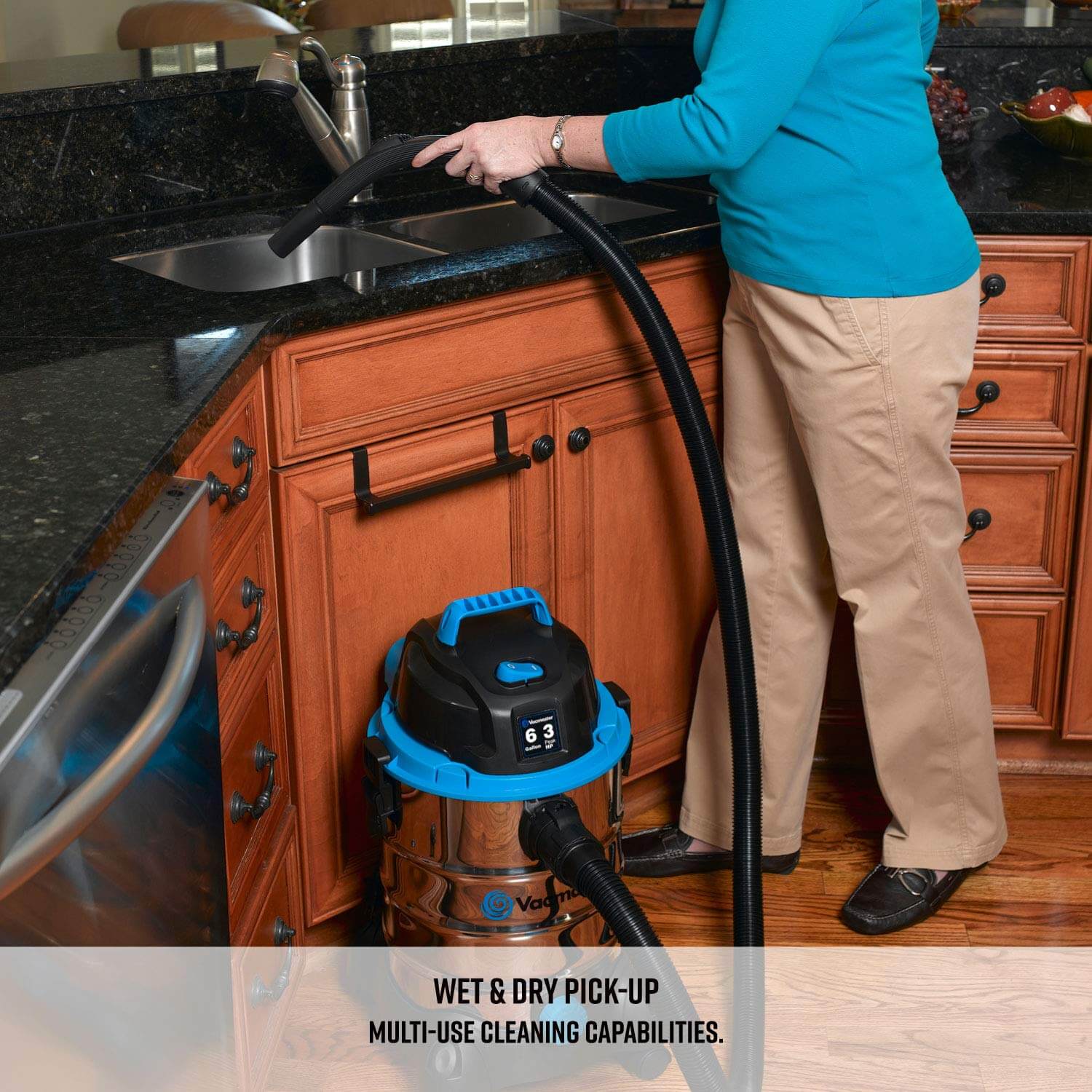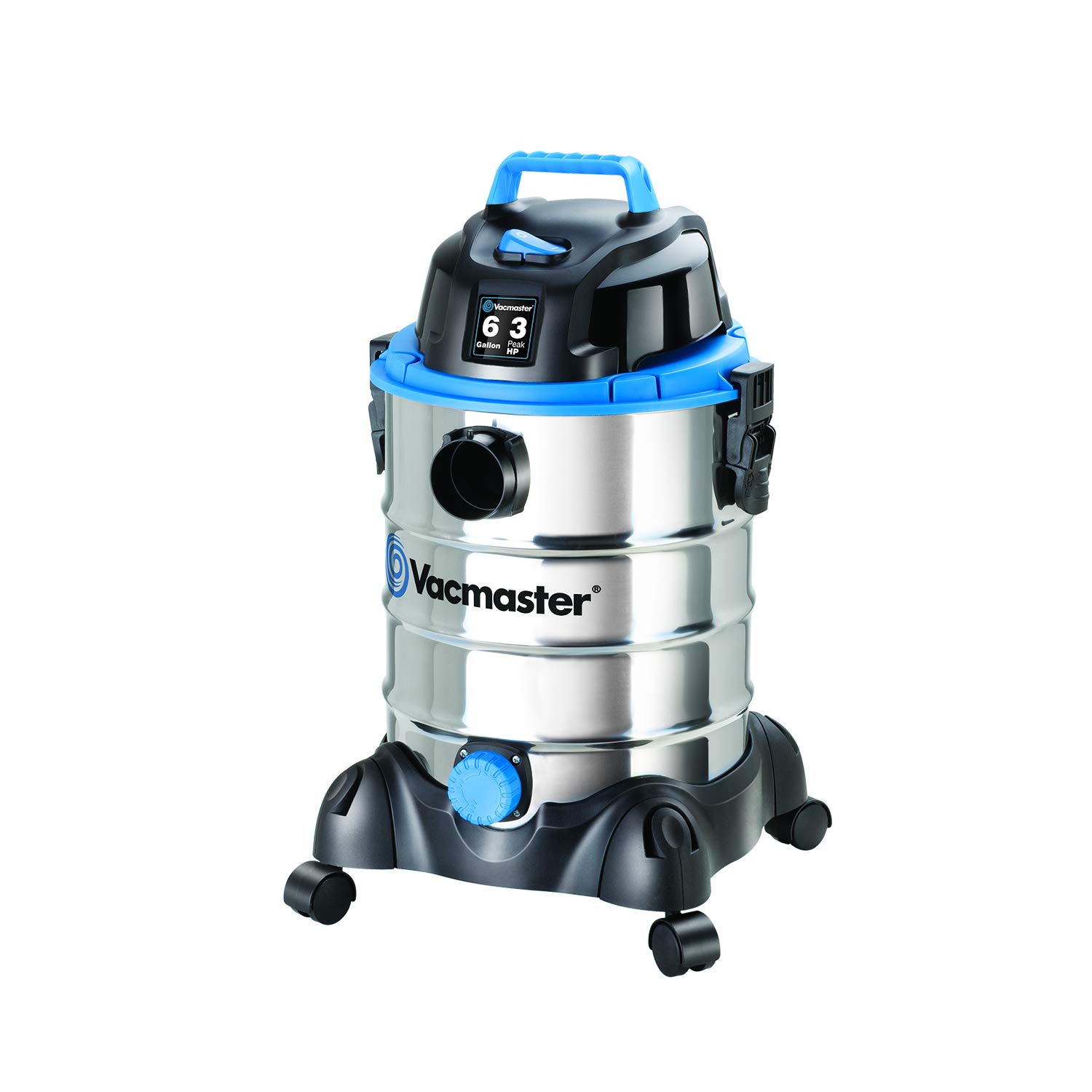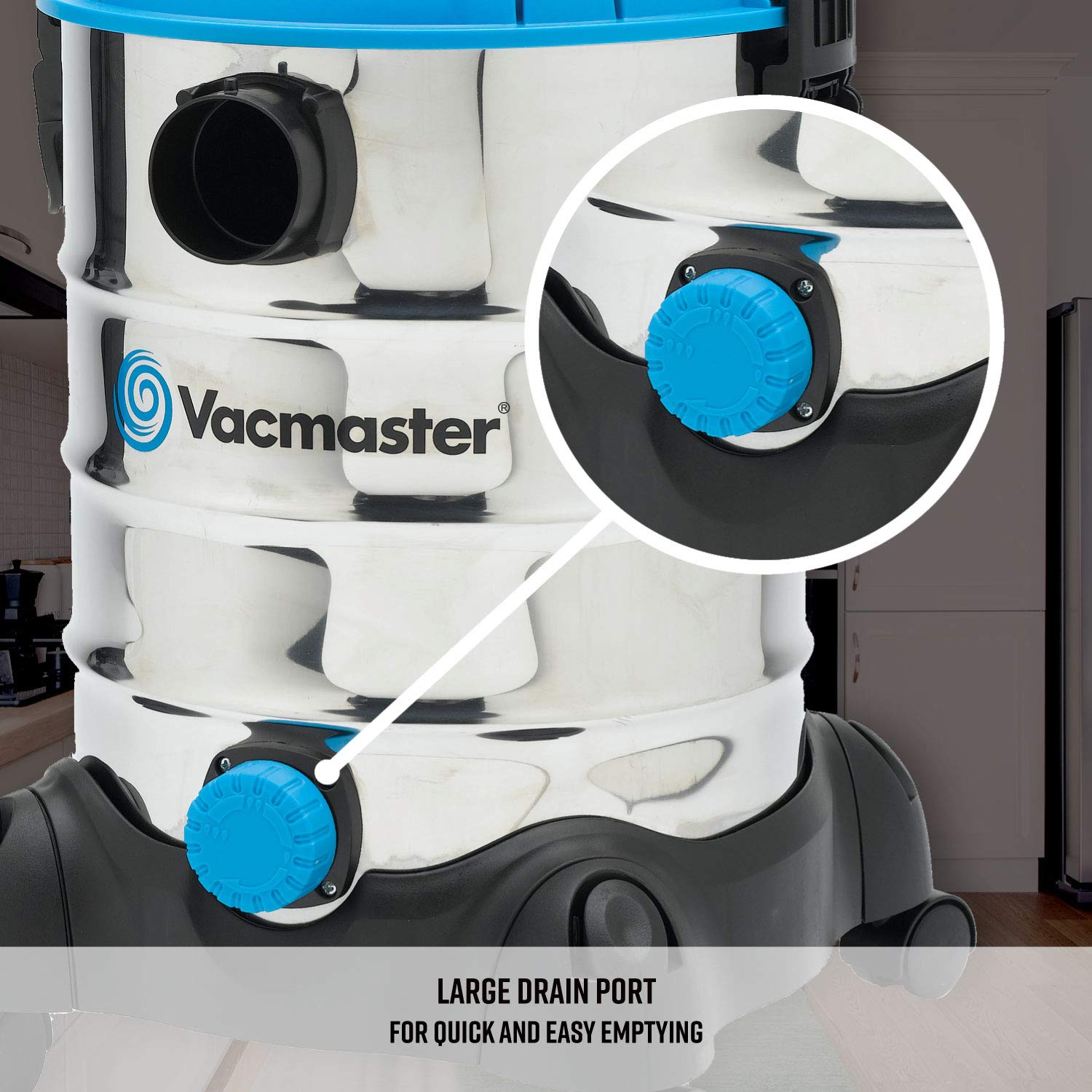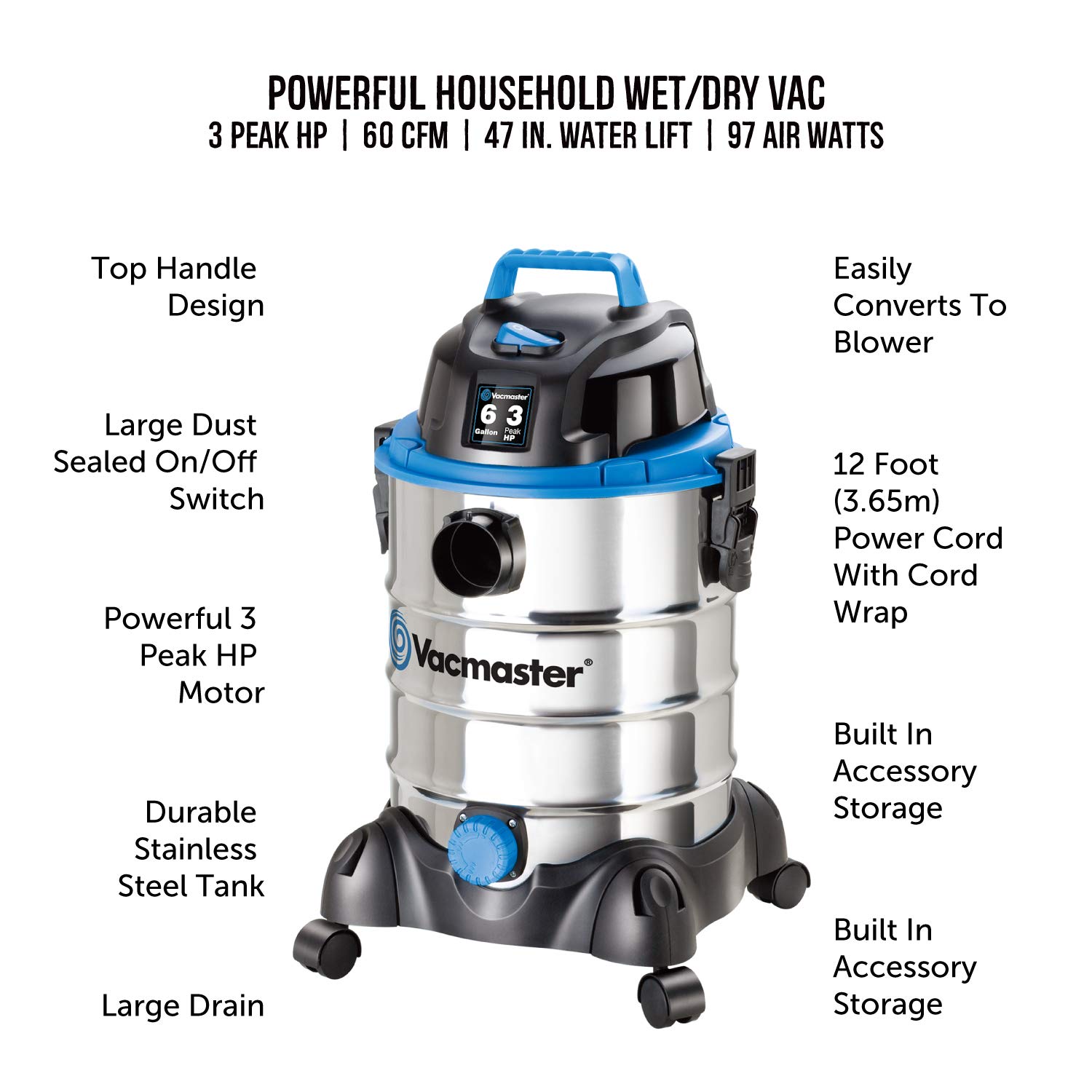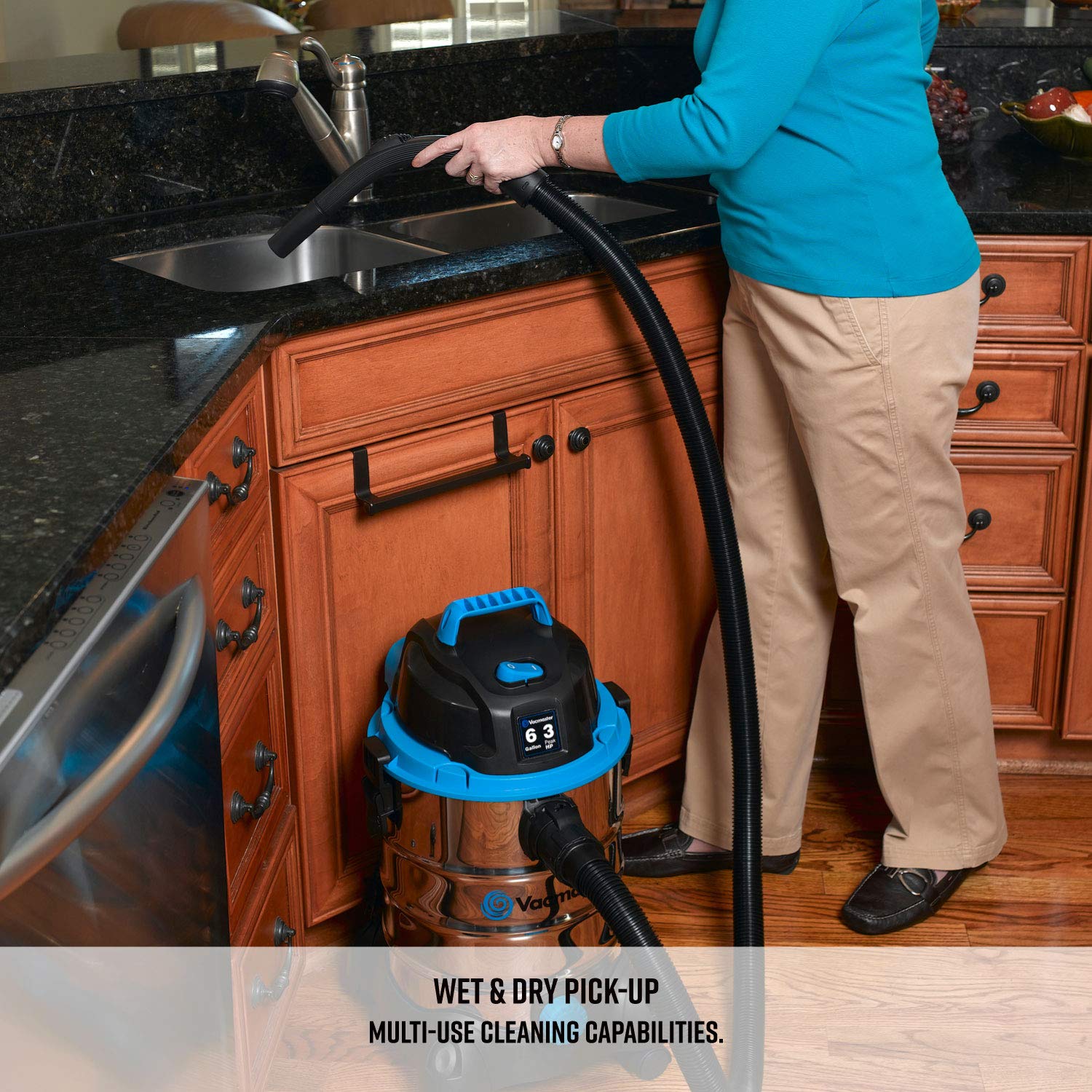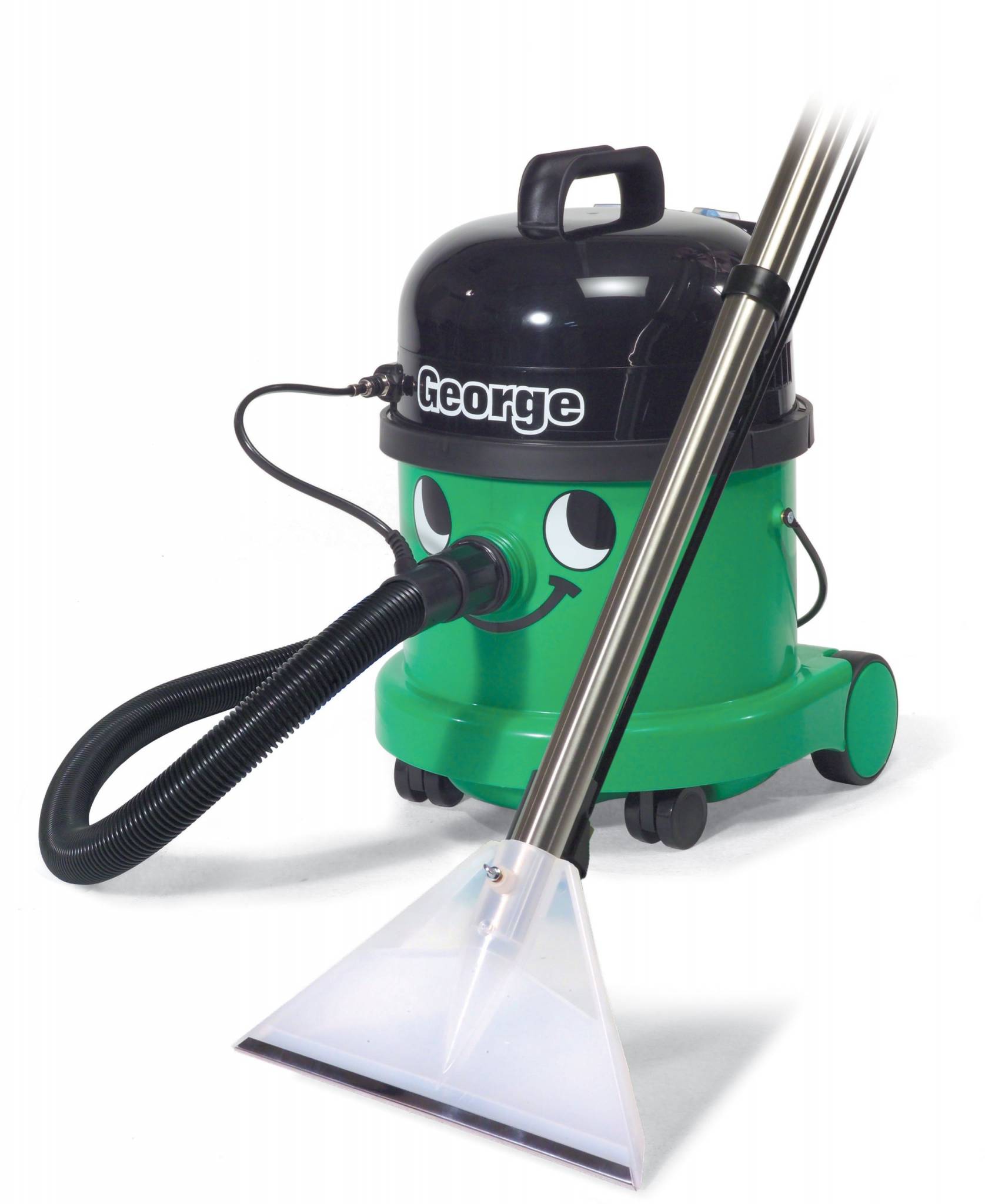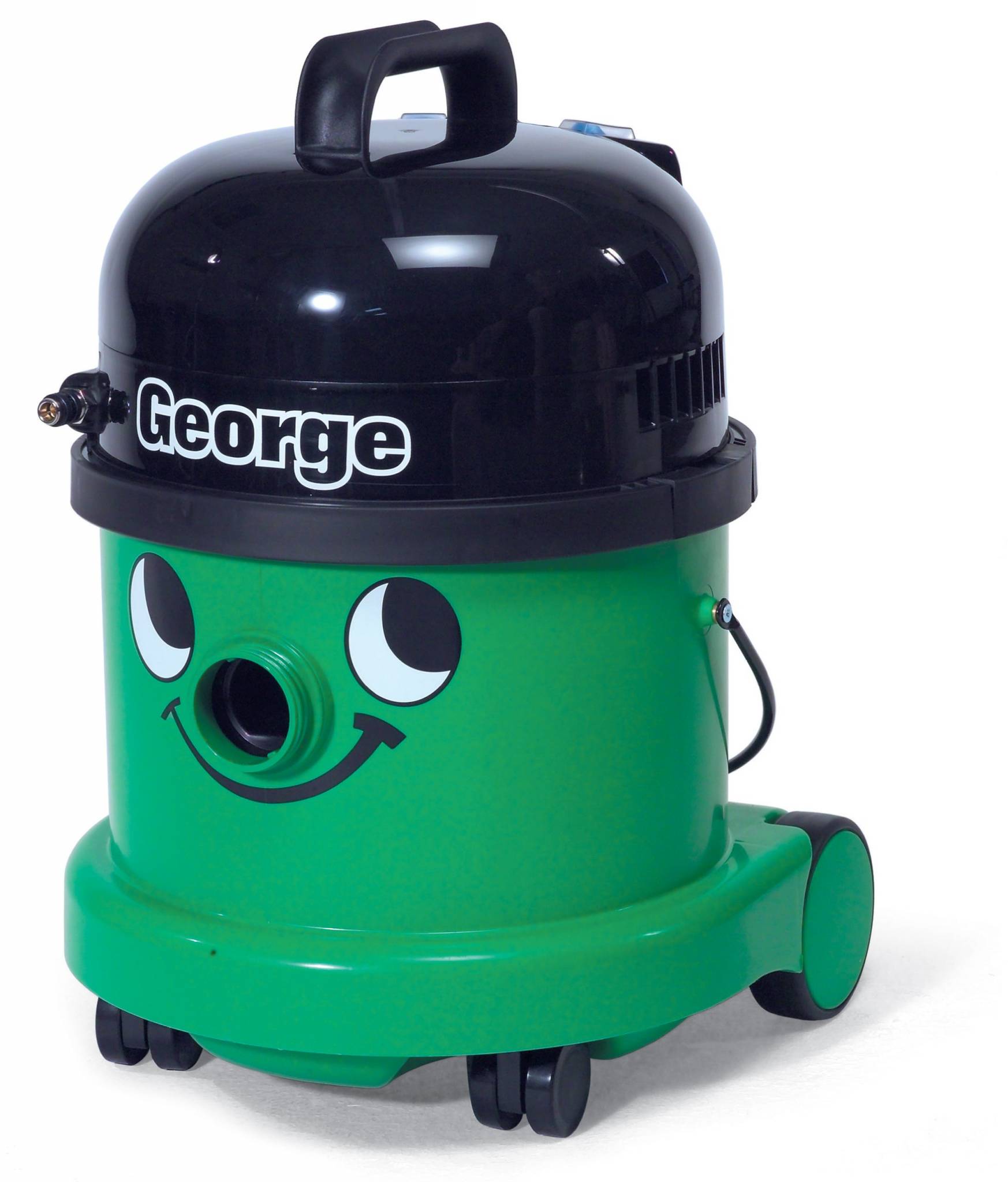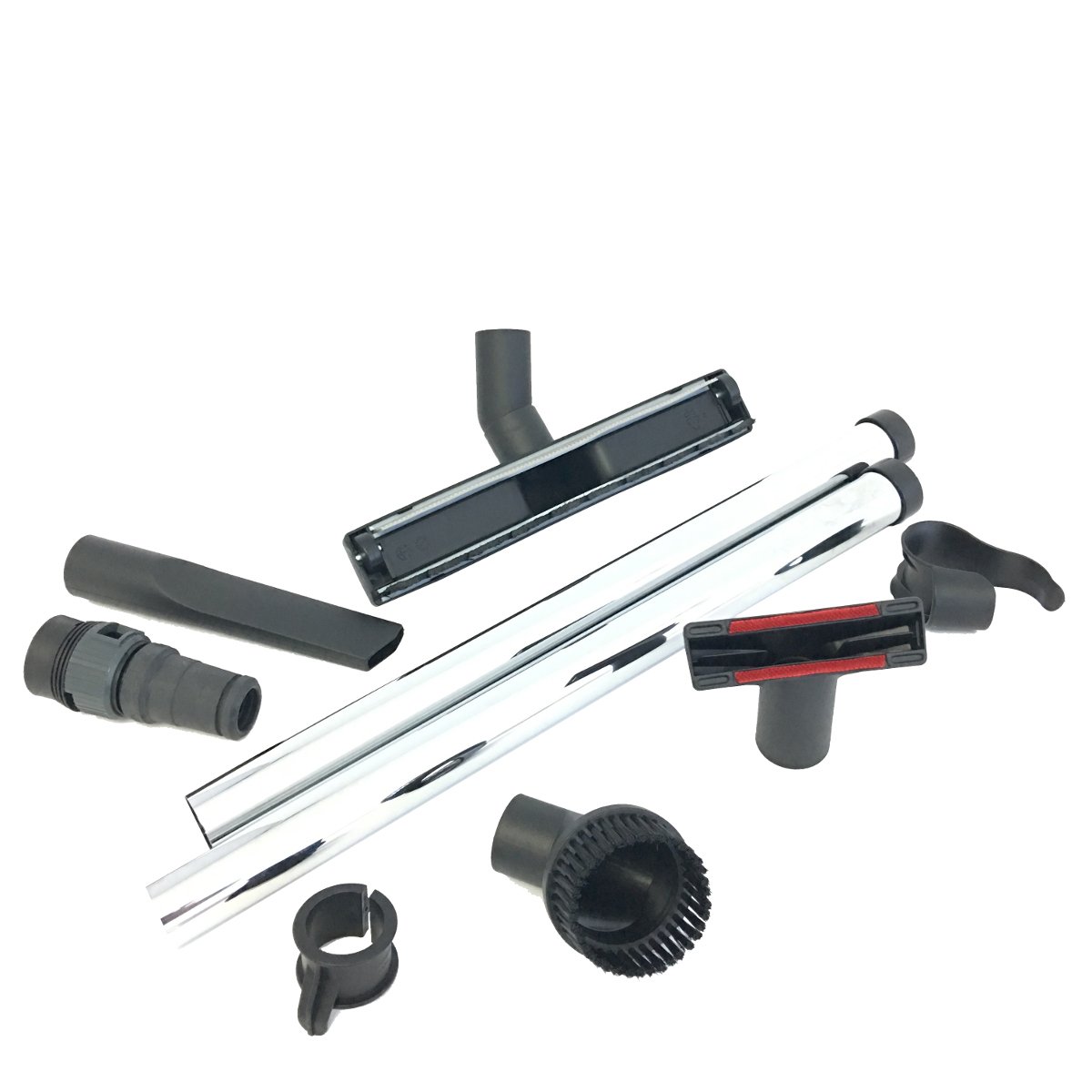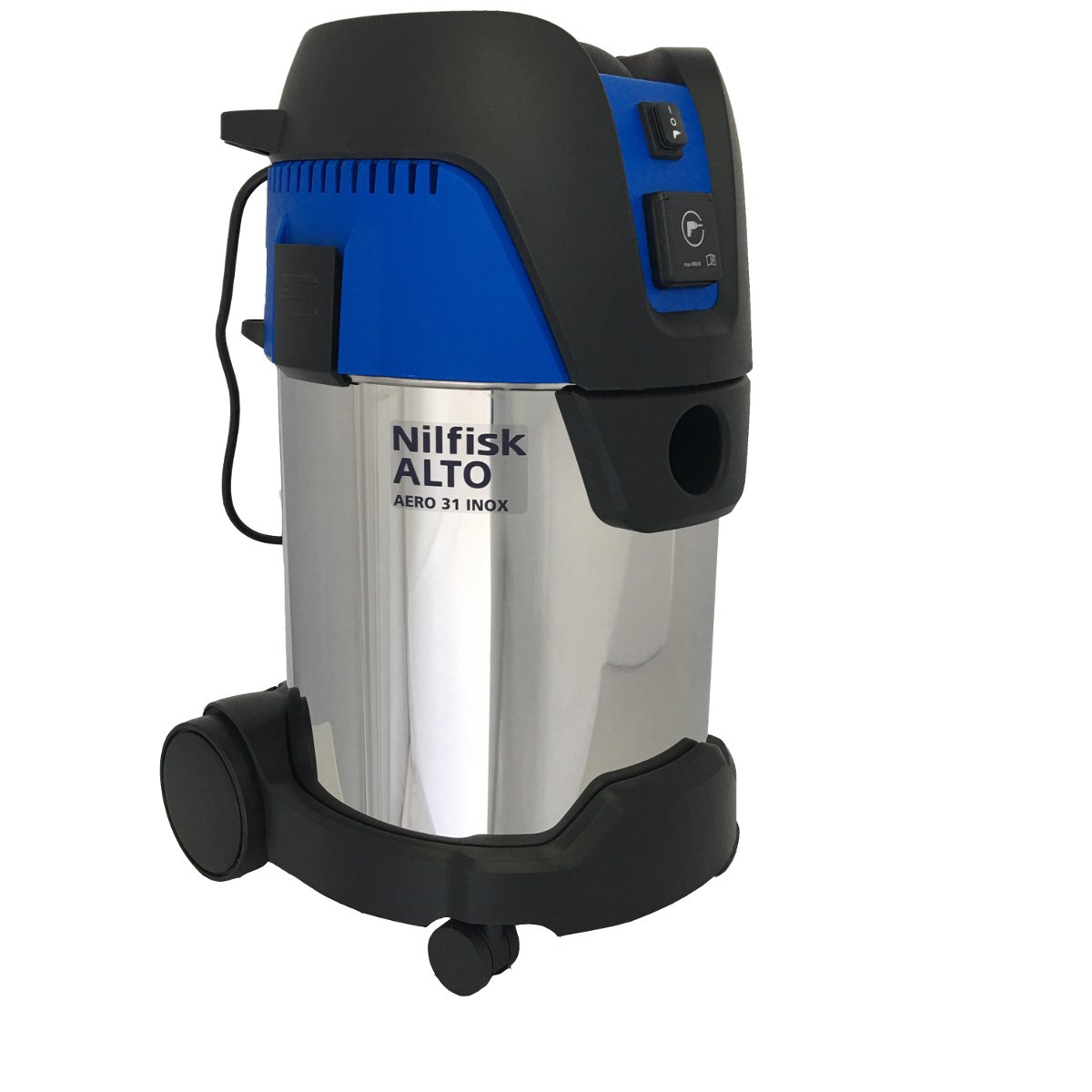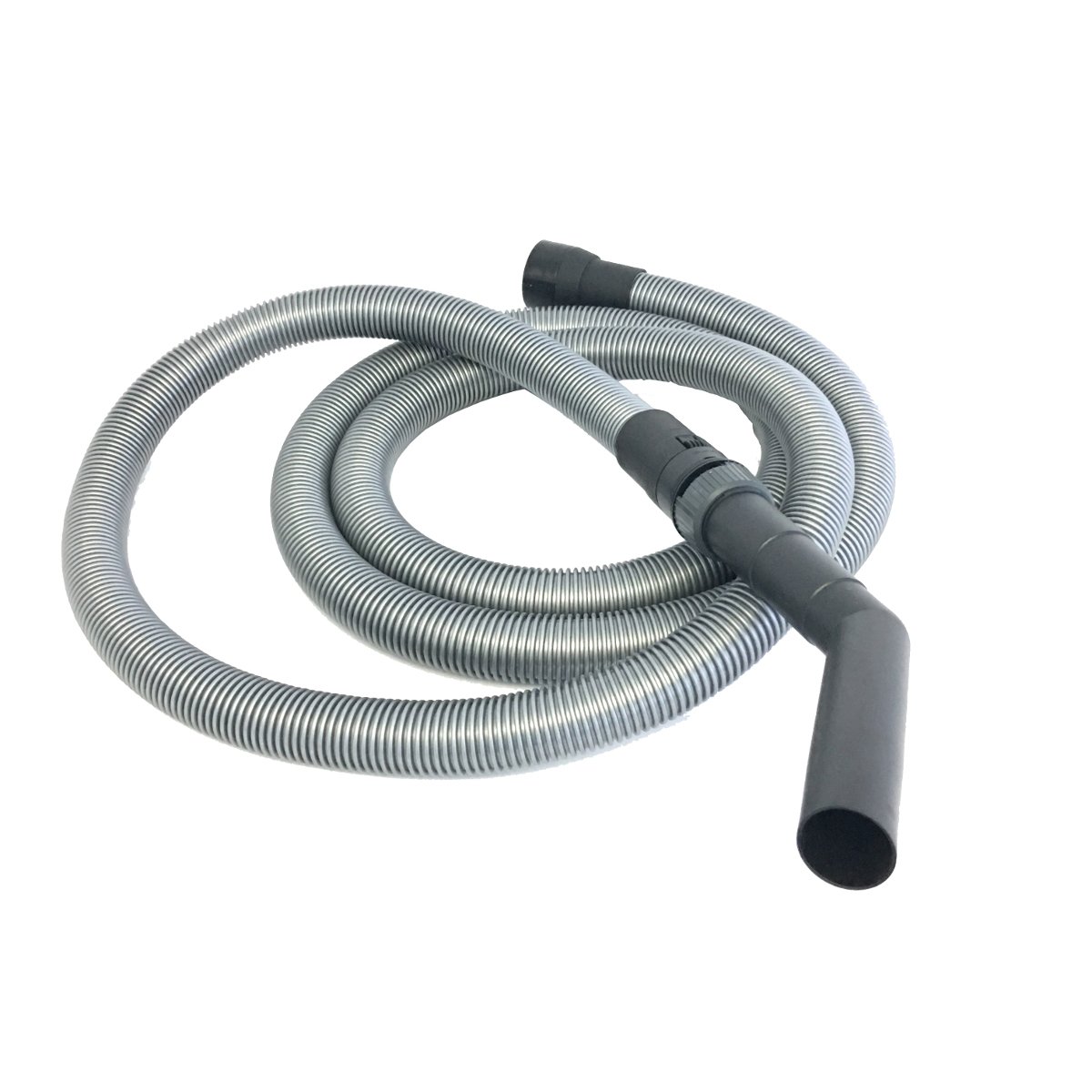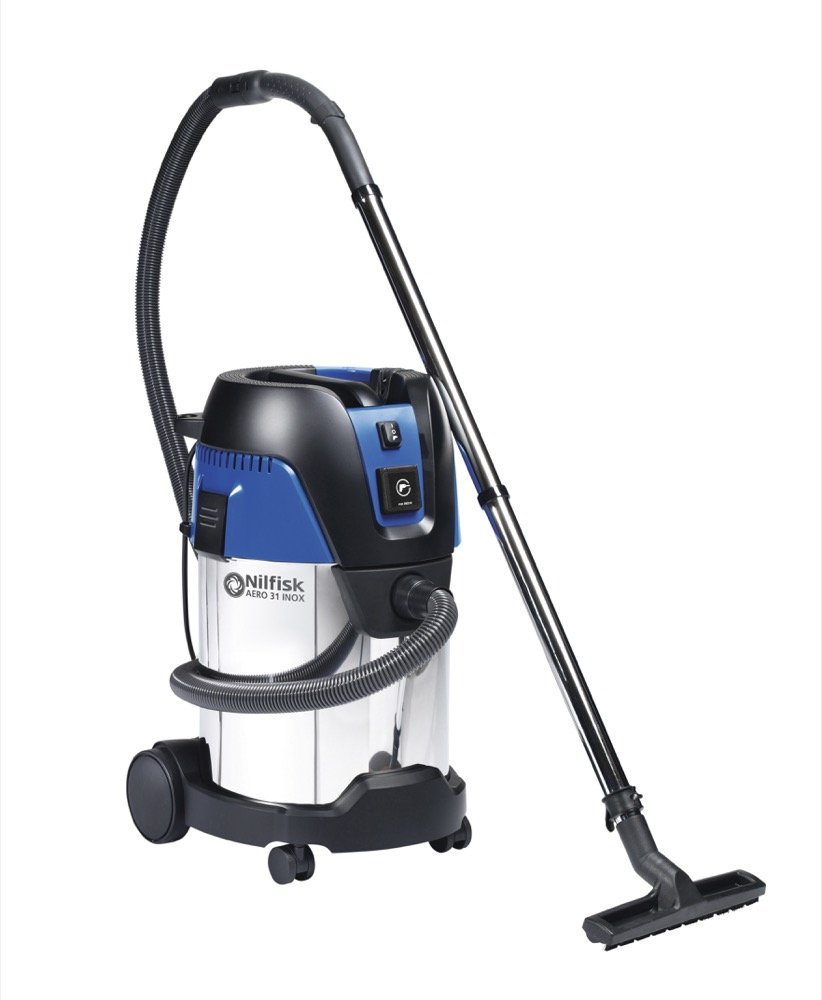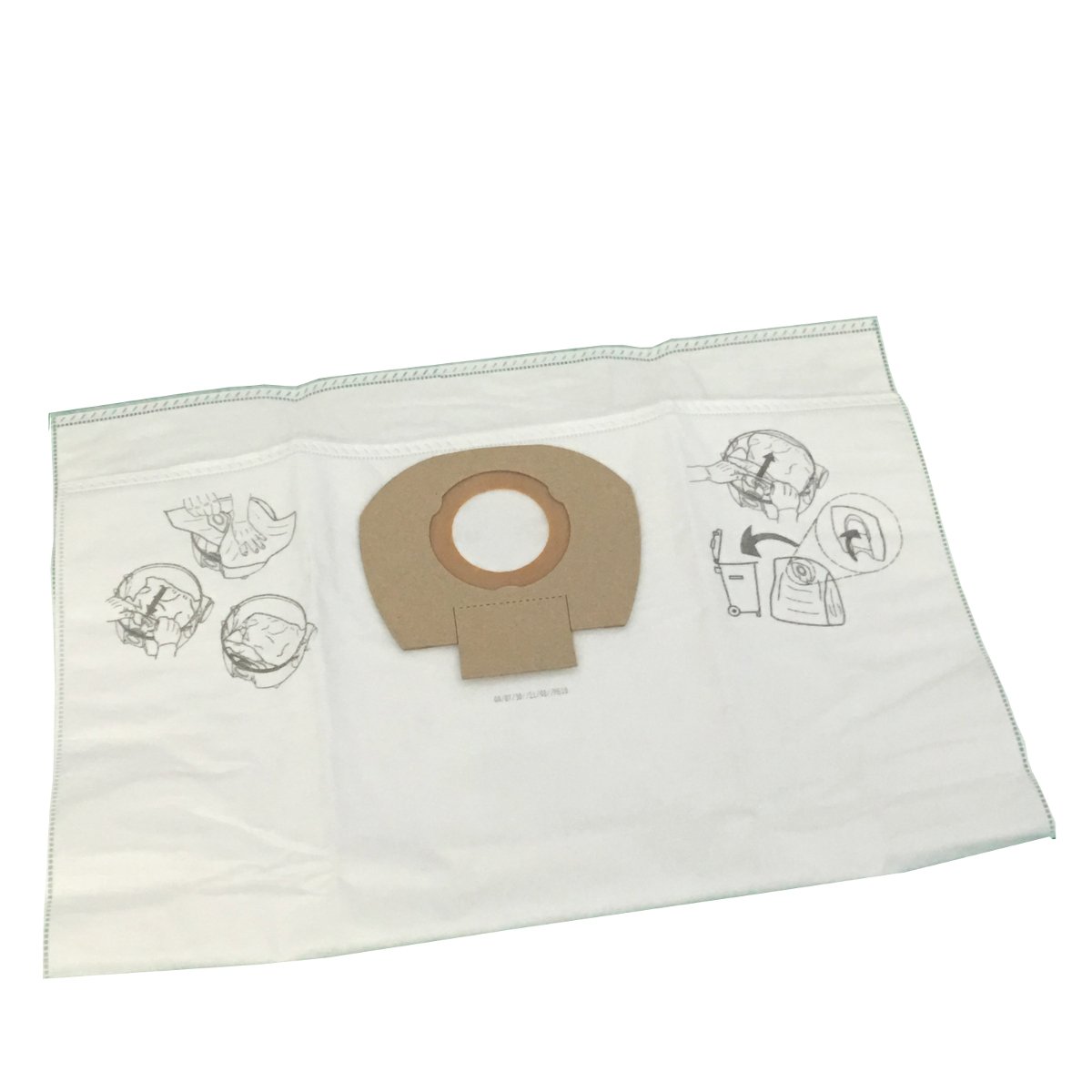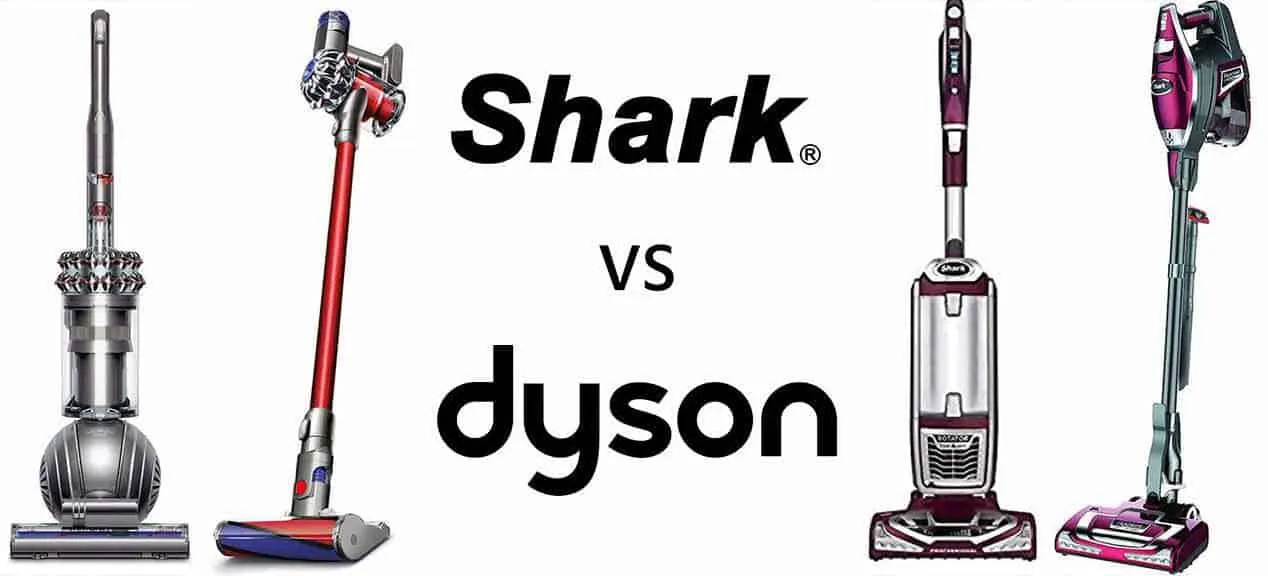The best vacuums are great for dry debris, such as dust, dirt, cereal, hair, and other types of everyday mess. They can’t handle liquids, though. For this, you’ll need a wet and dry vacuum. We present 5 Best Water Based Vacuum Cleaners. As the name suggests, these models can handle liquids as well as dirt and dust. This means they can be used both outdoors and inside, which isn’t the case for most vacuums while being suitable for clearing spills. They also tend to be highly durable and have powerful suction. So, if you need a van that’s more versatile than a traditional upright or cylinder, a wet and dry vacuum cleaner could be the best option – but which should you choose? And are there any vacs you should avoid? That’s what we’ll help you uncover in this article.
Wet and dry vacuums are more than just regular machines that can handle liquids. They also tend to be more durable and powerful, sucking up everything from nails to snow. Some also have a reverse mode that can move the dirt to a smaller spot for easier cleaning or simply to clear the hose.
Some models also allow power tools to be plugged into an outlet for vacuuming up wood chips or dust. This is called a power take-off (PTO). These sockets allow the machine to turn on and off automatically while using the tool. Not all vacuum cleaner models have this, but it can be a very useful feature if you work with power tools. How do wet vacuum cleaners work? And when should they be used?
These machines are equipped with a waterproof manifold. This acts as a barrier between the liquid and all electrical components, allowing you to use it to scoop up water and other liquids (in the right mode). If you did it with a dry vacuum, the model would likely short out as there is no protection for the sensitive circuitry.
However, there are a few downsides to a wet-dry vacuum. Standard models, such as cylinders or risers, tend to have (but not always, as we will see later) more efficient filtration systems. These filters prevent allergens and other small particles from escaping through the exhaust gasses.
While this is important for any vacuum cleaner user, it’s more of a concern if you have a dust allergy or asthma. It is also important to point out that a wet vacuum is not the same as a carpet cleaner. Both wet and dry vacuums can collect water, while a carpet cleaner cleans the carpet. There are, however, some models that can do both (we’ll give you an example later in the article). Also, you shouldn’t use a standard wet/dry model for ponds – use a pond vacuum instead.
How to Choose a Water Based Wet Vacuum?
While we think you can’t go wrong with any of the models listed above (as long as you research each model’s features for your needs), we still recommend that you understand what affects the performance of a vacuum cleaner before buying it. This section will walk you through the main considerations for choosing a wet and dry vacuum cleaner. You can also read our guide on a wet and dry vacuum cleaner.
Your needs and your budget
Before looking for a wet vacuum cleaner, you need to think about your needs. Do you just need a device that can handle the occasional spilled drink? Or do you want a large-capacity industrial machine? The best liquid vacuum cleaner for you largely depends on what you need to do. Your budget is also an essential factor while deciding what to buy. While most wet vacuums can be had for less than 300$, some are available for much less than that, although there are always trade-offs. Cheap wet and dry vacuums, for example, usually sacrifice power or suction capacity in exchange for a lower price.
Suction Power
If there’s one area where wet/dry vacuums excel, it’s their suction power. Unlike normal upright or cylindrical models, the new EU regulations limiting suction power don’t seem to apply to wet/dry models (probably because they are often used for industrial applications). That said if you want a powerful vacuum, a wet and dry model is probably your best option. Still, there are big differences in suction power between wet and dry machines. Higher power consumption doesn’t always equate to better suction power, although the two are closely related. The best way to judge a model’s suction power is to read buyer ratings. This gives you an idea of how well the vacuum performs compared to competing models. Keep in mind that the suction power may be too high. For example, if you want to remove dirt from carpets, the most powerful vacuum cleaners tend to lift the carpet and are difficult to push forward.
Hose Length and Diameter
The hose diameter places a strict upper limit on the amount of dirt the unit can hold. While most wet/dry vacs have relatively large diameter hoses, it’s worth checking before you buy. The hose length is also important. While cord length is probably the biggest factor affecting cleaning radius, a longer hose makes it easier to access tricky areas. The trade-off is that longer hoses tend to reduce suction power.
Capacity
Having a large capacity can make cleaning much more efficient. This is especially important if the vacuum will be used in a workplace where small models can fill up quickly. Unlike regular vacuums, a wet/dry vacuum can sometimes have two capacities listed: one for dry and one for wet. Be sure to check out both features before deciding which model to buy. Tip: Remember that liquid is much heavier than dust and dirt, so larger capacity isn’t always better for liquids when emptying.
Filtering
If possible, look for a vacuum with good filtering, especially with allergies. If you’re looking for an industrial wet and dry vacuum for a site with potentially hazardous materials, you need a vacuum with specially designed filters.
Other considerations
Power tool socket: These sockets can connect the vacuum cleaner to power tools.Attachments and accessories. Most vacuum cleaners come with basic accessories such as a screwdriver.
A crevice tool: Try to get a model with a built-in tool.
Cable length: If you need additional durability, look for a blocking or removal valve.
5 Best Water Based Vacuum Cleaners
Vacmaster, VQ607SFD
Big isn’t always pretty, but it looks like you’re getting a lot for your money with this Vacmaster, which retails for around £80. It has a large capacity of 30 liters and comes with good accessories. These include a high-performance floor tool with brush and mop (which can be lowered to clean hard floors), as well as a small brush and crevice tool. Hugely impressive for the price, there’s a power outlet on the side and a three-way power switch.
It can be automatically turned off, turned on, or cleaned when the outlet is in use. This is perfect for DIY tools. For example, you can set the Vacmaster to pick up dust from a drill or grinder when it’s on. It also works as a blower. The cable is just over 5m long, and then the hose and tube together are another 4m long, giving a range of around 9m. There is a slider on the curved handle of the tube for adjusting the airflow. You need a screwdriver to hold the carrying handle for the first use.
The clever design offers space for up to eight tools and cable storage. The annoying thing is that there is no way to park the tube and get it off the ground if you want. Take a break while cleaning. Dry vacuuming is effective but is a nuisance to neighbors. The Vacmaster tracks surprisingly well but feels big and metallic: less like a vacuum cleaner and more like an R2D2 in tow.
To switch from dry to wet vacuuming, remove the cartridge filter (and paper dust bag, if you have one) and then put a foam filter in its place. We found the wet and debris vacuuming slow, but it got the job done. And when it came time to drain, we were pleased to see an unusual feature: a drain plug on the bottom that you can unscrew to pour out liquids. Dumping it down a drain this way means less heaving and less mess.
Karcher WD4 Multi-Purpose Wet Dry Vacuum Cleaner
This Karcher wet/dry vacuum is the most expensive range (aside from George, who also doubles as a carpet cleaner). However, there are good deals on the internet. This 20-liter vacuum is solidly constructed of plastic with a stainless steel drum. It features a two-piece plastic tube and a 5m cable, giving a total range of 8m. The floor head has squeegees front and rear, or you can swap these out for crown brushes. There is a neat parking space for the pipe and flat-head on the back of the cylinder and room for four tools, and a flat top for more storage. But it only comes with a splitting tool. That means fewer tools to store, but it still feels like you should be getting more toys at this price point, of optional accessories, including DIY and car wash kits. Dry vacuuming is very powerful, but be aware that you can’t dial it back as there’s no airflow control. There is an optional dust bag for catching fine dust. Switching to wet cleaning is super easy – just remove the dust bag when you use it. The flat pleated filter is hidden at the top, so you don’t have to change it. Or cover. It doesn’t even get wet when you clean it, so it doesn’t drip. We love the Karcher for its sheer simplicity and cleaning power. It follows you gently on wheels, and its double squeegee head is great for thoroughly drying wet floors. No socket for do-it-yourself, but otherwise great. , nothing fancy, just lots and lots of suction power.
NaceCare GVE 370 “George” Wet/Dry/ Extractor Vacuum
Many professional cleaners swear by Henry, and these machines have a reputation as workhorses. George promises to do the job of wet and dry cleaning light. Additionally, this model comes with the A26A Extractor Kit – more on that later.
It’s quite compact for a top-end model (over $200) but comes with plenty of accessories. You will need to find space to store them. A 9m cable means a whole range of 11m when dry cleaning and 12m when wet. That’s right, and it has two different hoses: one for dry vacuuming and one for “wet vacuuming.” It also has separate floor heads and smaller tools for wet and dry cleaning, plus additional tools for extraction.
It is sturdy plastic with a two-piece metal tube and an airflow control on the curved handle.
There is a proper dry floor header, hose, dust bag, and several small tools for dry use. When used “dry,” it behaves much like a Henry, with a hypoallergenic HEPA dust bag and fabric filter. The quality and tools are exceptional – you can use it as your main vacuum if you don’t need a motorized brush.
The capacity is 15 liters. Switching to wet use means removing the dust bag, replacing the dry filter with the float valve, and replacing the hose and floor head. It’s a little fiddly, but in return, you get powerful performance that can tackle almost anything. And it’s not just a wet and dry vacuum cleaner.
The wet cleaning hose and tools incorporate an additional hose used to pump out cleaner (supplied). The vacuum cleaner body has two power switches. One pumps out detergent, and the other sucks up dirt.
So, if you use the small or large extraction tool, you can effectively clean the hardware. If you run a BandB, though, this is the model for you. If you want a powerful wet and dry vac that doubles as a carpet cleaner, then look no further.
Nilflisk Aero 26
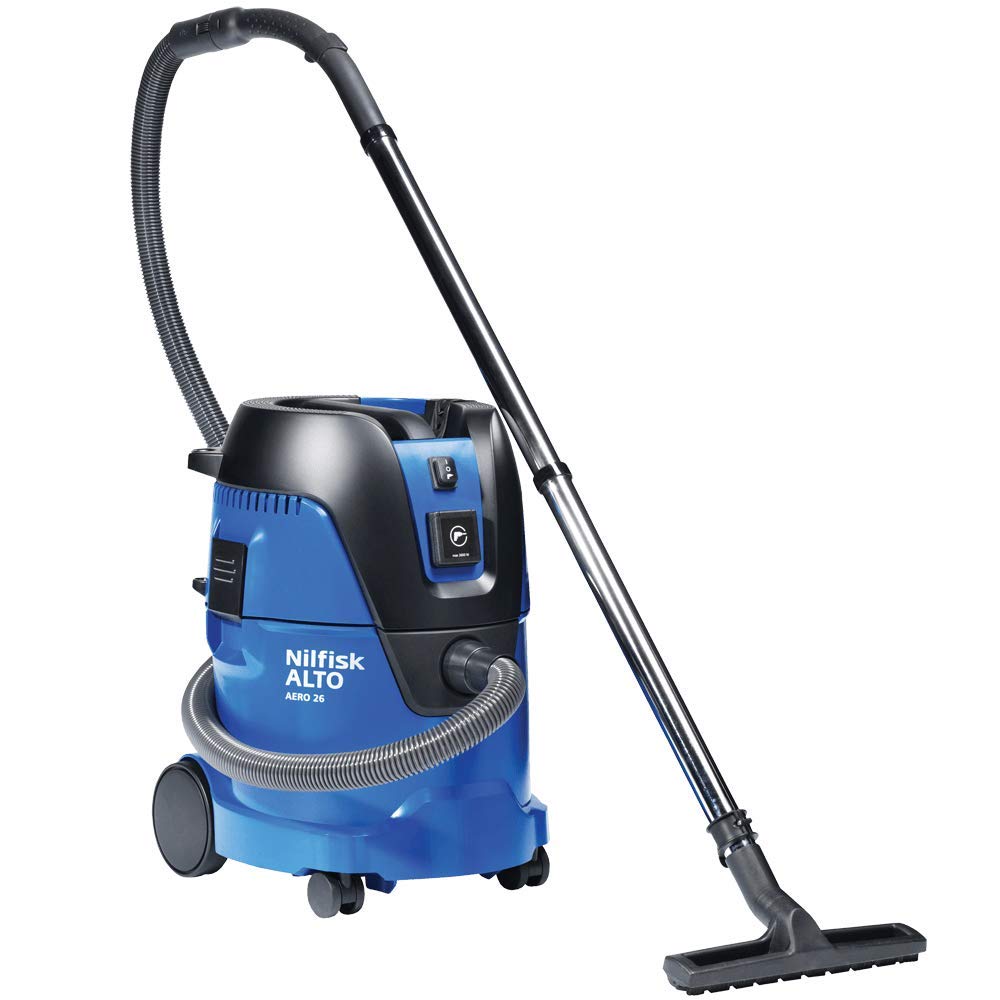
You could use it repeatedly every day, and it would survive the beatings. It is large, made of plastic (22-liter capacity, 30 also available), and solid. Nice touches include the fact that the lid locks in any position rather than aligned.
It has a wheeled floor head with a serrated brush in the front and a squeegee in the back. There’s a loop to store the power cord, space to store six tools, and you can stow the two-piece metal tube and floor header to park if you need to stop cleaning. There is also a flat top for storing more items.
The cable measures almost 5m for a combined range of 8m. The curved tube handle includes a slider for airflow control. It has a PTO, cleverly concealed under a hatch to keep it clean.
This allows the Nilfisk to work with power tools, activating only to clean up the dust. Instead of a small paper dust bag, it comes with an extra-large fabric dust bag. And to convert it to wet cleaning, simply remove the dust bag; there is no need to change or cover the filters.
It also has a self-cleaning filter. A light comes on when needed, then simply covers the end of the tube and presses a button to blow air the wrong way through the filter to clean it.
Nilflisk Aero 31 Professional
This affordable wet/dry vacuum offers impressive build quality for the price. It is durable and made of plastic that resists bumps well. The floor head comes with two interchangeable attachments: a mop and a crenelated rigid brush head: another accessory – a splitting tool.
There is space for up to four tools on board. There’s also space to store the tube with the floor head attached, making it easy to park when you want to take a break. It drives and turns well on two large wheels plus two wheels. The cable is just over 4m long, and the combined hose and tube are a further 3m long, giving you a range of around 7m. The controls are a simple on/off switch, but the tube’s curved handle also has a sliding cover that lets you control the airflow.
The dry vacuuming is loud but effective, and the brush head is great for picking up hair. And you can blow and suck.
To switch to wet cleaning, add the washable filter (and remove the paper dust bag if you’re using one). The filter is easy to add and works both ways. It cleans water and dirt quickly, considering it’s a budget model.
Frequently Asked Questions
- Do wet and dry vacuum cleaners clean carpets?
Carpet cleaners heat the large pool water before spraying it on the carpet. This, combined with a molten detergent, will help remove dust and dirt. The machine then vacuums the dirt and leaves a cleaner carpet behind. Although different machines may have different processes, carpet cleaners commonly do this. Wet and dry vacuum cleaners cannot do this. They have no water tank and cannot spray water on carpets or any floor. This is great for vacuuming wet spills, but if you want to clean the carpet, you need to spray water and clean the product yourself or hire a carpet cleaner.
Conclusion
Wet and dry vacuum cleaners are the “workers” of the cleaning world. They can constantly handle broken or short-blown equipment and their ability to absorb fluids can come in very handy.
When choosing a vacuum cleaner, think about your needs first. Where will you be using your device? What kind of job do you want? And what is your budget?
Besides the requirements, the suction power is the most important determining factor. Many wet/dry vacuums provide good suction for cleaning.
We hope this article has helped you determine if a wet and dry vacuum cleaner is the right choice for you. The next step is to read the reviews of wet and dry vacuum cleaners that you can see in this section. If you have any questions, please ask them in the comments section below.
